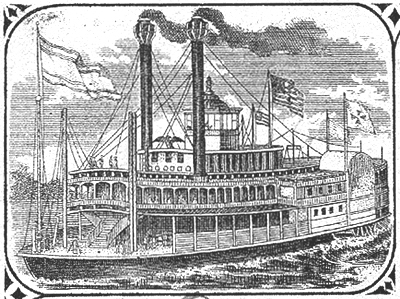
Toxic Clean Up 911 @ Steamboats.com
newest links | purpose statement | site map | contact
Plastics Remediation
An easy way to discover microbes that break down plastic is to find plastic that is breaking down, analyze it, and find out what microbes are doing the work. A good place to find disintegrating plastic is in your kitchen sink. Probably one out of ten houses has a splash guard in the late stages of breaking down. So if you are a scientist who wants to learn how to disintegrate plastic using microbes, go cut the disgusting black plastic splash guard out of someone's sink and put it under a microscope! (I discovered this last night when I was scraping out what remained of my old splash guard.)
The Plastic-Eating Fungi That Could Solve Our Garbage Problem, by Stacey Anderson, Newsweek
Related: There Are 270,000 Tons of Plastic Garbage Floating Atop the World's Oceans, by Douglas Main
Related: The Garbage Eaters, by Erin Biba
"What scientists have recently discovered is that the sudden appearance of concentrated nutrients is waking up and attracting dormant microbial life."
L.A. Times: Scientists find microbes thriving on plastic marine debris. "Plastisphere, a biological wilderness on microbial reefs of polyethylene and polypropylene in the open ocean teeming with single-celled animals, fungi and bacteria, many of them newly discovered. Some may be pathogens hitching rides on floating junk." . . . " 'We were surprised to find microbes in such high numbers on these plastics,' said Tracy Mincer, an associate scientist in marine chemistry and geochemistry at Woods Hole Oceanographic Institution and coauthor of a report on the findings published online in June in Environmental Science and Technology." "These unique menageries, which arose on plastic debris introduced to the world's ocean over the last six decades, make up extensive food chains of bacteria and single-celled animals that produce their own food, bacteria that feed on their waste products and predators that feed on all of them." "Another surprise: Some microbes seem to have acquired a taste for polypropylene. Others, however, prefer polyethylene." Led by microbial ecologist Erik Zettler of the Sea Education Assn., biologist Linda Amaral-Zettler of the Marine Biological Laboratory, and Mincer—all in Woods Hole, Mass."
Plastic eating microbes news Welcome To The Plastisphere: The New World Of Microbes Living On Ocean Plastic | Co.Exist: World changing ideas and innovation
More ocean garbage news Microbes make cozy homes in ocean's garbage - NBC News.com
wasterecyclingnews.com Yale undergraduates, including Pria Anand, have discovered organisms in Amazon Rainforest fungi which can degrade polyurethanes. The discovery, which is featured in the journal Applied and Environmental Microbiology, may lead to innovative ways to reduce waste in the world's landfills, the university said in a press release. Another article about this discovery - click here. See also: physorg.com
See also: Yale Alumni Magazine. more about P. microspora, a mold of the Ascomycota phylum family, found during Prof. Scott Strobel's annual Yale Rainforest Expedition and Laboratory course in the Yasuni National Forest in 2008. The fungi that eat polyurethane come from the guava tree (Psidium guajava) and the custard apple tree (Annona muricata). update on Yale students
See also: Plastic eating fungus
bbc.co.uk "At the UK's University of Sheffield, scientists are investigating how they could accelerate the speed at which the plastic breaks down by looking at micro-organisms already found in the sea that naturally feed on plastic.
Nature.com reports that microbes are eating plastic in the ocean. The article reports: "Plastic-eating bacteria might help explain why the amount of debris in the ocean has levelled off, despite continued pollution."
Search Tools!
sitemap - a list of pages at this site